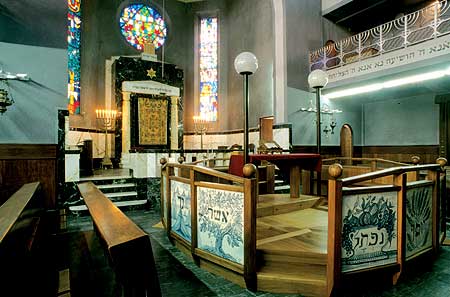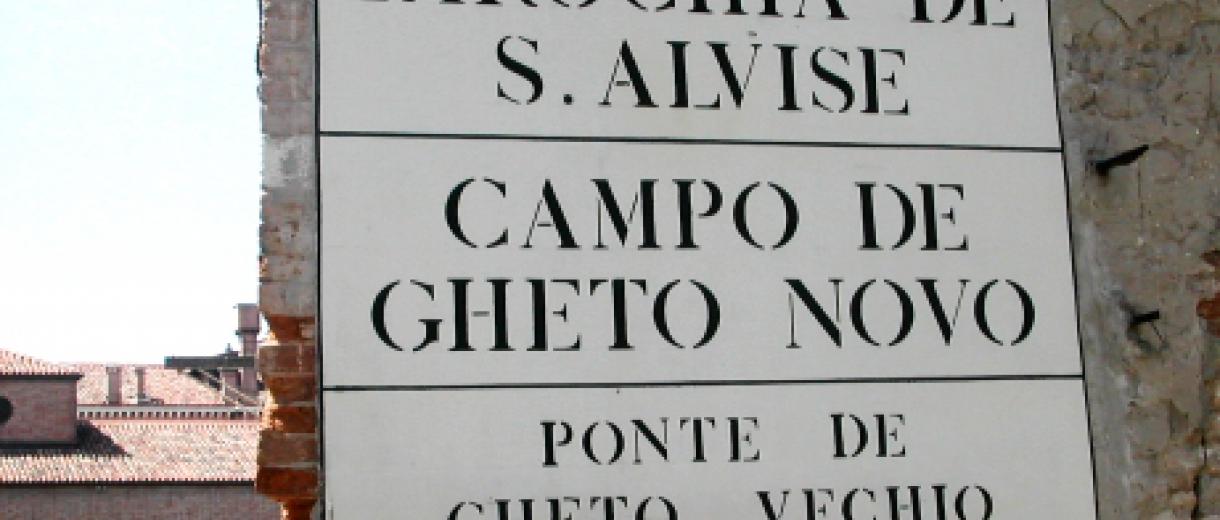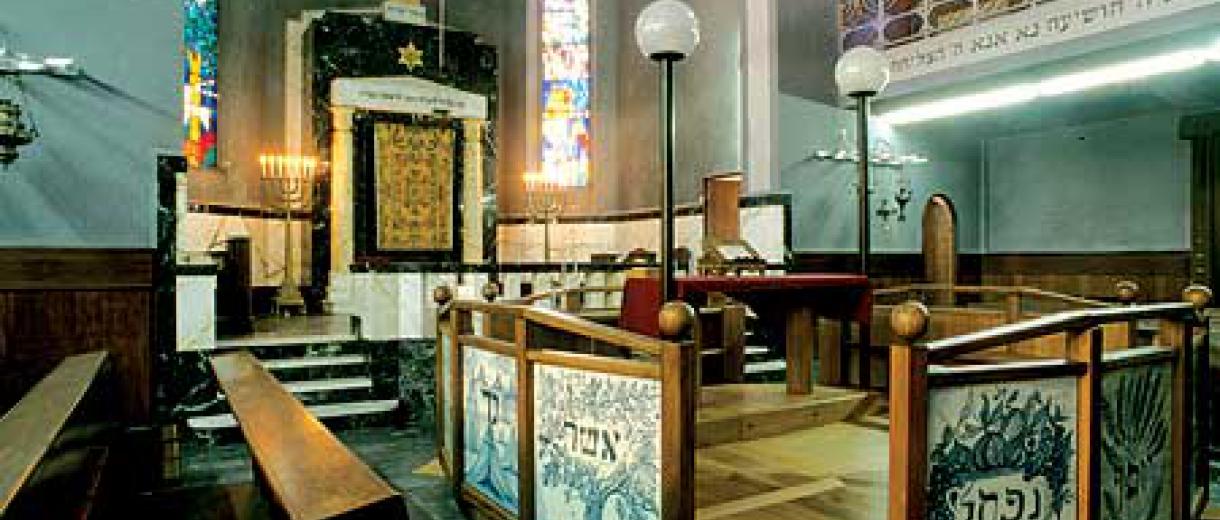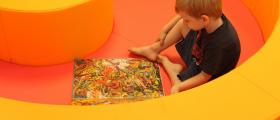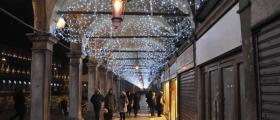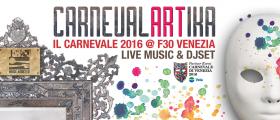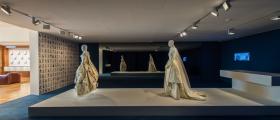Guided Tours to the Synagogues
 The presence of Jews in the region that was to become the Venetian Republic is documented from as early as the first centuries of the vernacular era. According to the tradition they arrived in Venice, a great trading centre between East and West, towards the beginning of the eleventh century.
The presence of Jews in the region that was to become the Venetian Republic is documented from as early as the first centuries of the vernacular era. According to the tradition they arrived in Venice, a great trading centre between East and West, towards the beginning of the eleventh century.
Little by little, despite alternating moments of "permission" and "prohibition", the number and importance of Jews in Venice grew considerably, so much that on March 29th 1516 the Republic found it necessary to enact a decree to organize their presence.
The Republic obliged the Jews to live in an area of the city where the foundries, known in Venetian as "geti", had been situated in ancient times, to wear a sign of identification and to manage the city's pawnshops at rates estabilished by the Serenissima. Many other onerous regulations were also included, in exchange for which the Community was granted the freedom to practice its faith and protection in the case of war.
The presence of Jews in the region that was to become the Venetian republic is documented from as early as the first centuries of the vernacular era. According to the tradition they arrived in Venice, a great trading centre between Easy and West, towards the beginning of the eleventh century.
|
The Republic obliged the Jews to live in an area of the city where the foundries, known in Venetian as "geti", had been situated in ancient times, to wear a sign of identification and to manage the city's pawnshops at rates estabilished by the Serenissima. Many other onerous regulations were also included, in exchange for which the Community was granted the freedom to practice its faith and protection in the case of war. |
The first Jews to comply with the decree were the Ashkenazim from mid-eastern Europe. Their guttural pronunciation mangled the Venetian term "geto" into "ghetto", creating the word still used today to indicate various places of emargination. The "Gheto" was closed during the night, and the boats of the Christian guards scoured the surrounding canals to impede nocturnal violations. This is how Europe's first ghetto was born.
Known as "Scole", the synagogues of the Venetian ghetto were constructed between the early-sixteenth and mid-seventeenth centuries. Each represented a different ethnic group that had settled here stably and obtained a guarantee of religious freedom: the German and Canton "Scole" practiced the Ashkenazi rite; the Italian, the Italian rite and the Levantine and Spanish, the Sephardic rite. Despite a few later interventions, these synagogues have remained intact over time and testify the importance of the Venetian ghetto. The unusual tall buildings found here were divided into floors of sub-standard height, demonstrating how the density of the population had increased over the years.
After the fall of the Serenissima in1797, Napoleon decreed the end of the Jewish segregation and the equalization of the Jews to other citizens. This provision became definitive when Venice was annexed to the Italian Kingdom.
In 1938 the promulgation of the fascist racial laws deprived the Jews of civil rights and the Nazi persecutions began. Two hundred and four Jews were deported from Venice; only 8 returned from the death camps.
What was Europe's first ghetto is now a lively and popular district of the city where the religious and administrative institutions of the Jewish Community and its five synagogues still persist.
You can not understand the Jewish quarter in Venice if you don't begin from the synagogues. The synagogues in the New Ghetto are on the top floor of the pre-existing buildings and recognized with difficulty outside while inside they prove to be little jewels.
The focal points of the synagogues are the 'Aron ha-Kodesh, the closet the keeps Torah, and the Tevah, the pulpit where the passages of Torah are read; the way the space is ordered is a consequence of the putting of the 'Aron ha-Kodesh which must be oriented towards Jerusalem.
Information:
from 10.30 am by reservation only. Closed on Saturdays and during Jewish festivities, on December 25th , on January 1st and on May 1st .
Guided Tours to the Synagogues
in Italian and English, every hour starting at 10.30 a.m.; last guided tour from June 1st to
September 30th , at 5.30 p.m.; from October 1st to May 31st , at 3.30 p.m..
It is possible, that the last tour of Friday afternoon can be reduced or cancelled for ritual reasons.
With previous booking guided tours also in German, French, Spanish, Hebrew.
Info Museo Ebraico tel (+39) 041 715359 fax (+39) 041 723007
e-mail: prenotazioni@codesscultura.it
